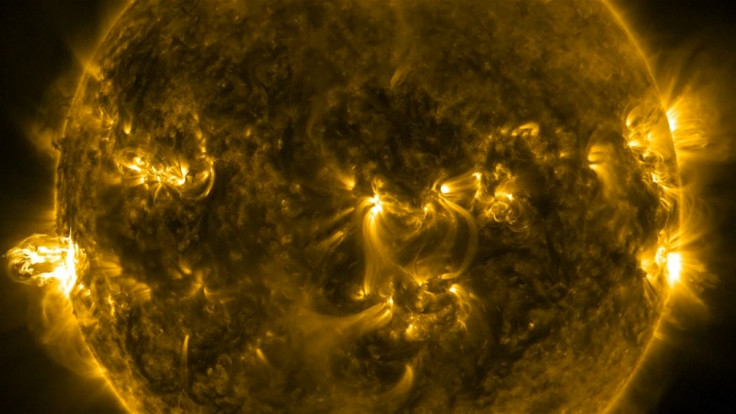NASA releases epic 10-year time lapse video of the sun
NASA's SDO has been observing the sun for over a decade now, since its launch in February 2010.
NASA has been documenting the sun's activities for the last 10 years. And they have now released an epic video featuring changes in the sun every single day from 2010 to 2020.
NASA's Solar Dynamics Observatory – SDO has created an hour-long video made out of 425 million high-resolution shots of the Sun captured in the last 10 years. The data amassed by the observatory amounts to 20 million gigabytes, according to the news release by NASA. The report suggests that massive data has unveiled "countless new discoveries about the workings of our closest star and how it influences the solar system."
Titled "A decade of Sun," the video features one photo from every hour of the Sun's life. Every second of the video represents a day comprising millions of pictures captured from June 2, 2010 to June 1, 2020.
Launched in February 2010 as a part of Living with a Star Program, it celebrates the landmark moment NASA completed a decade of observing the sun with this video. The prime objective of the SDO's launch was to enable a better understanding of the influence of the Sun on the Earth and the close by space. Taking the image of the Sun every 0.75 seconds, this time-lapse video enables the scientists to view Sun's solar cycle in the space in 10 years. With this video, one can witness events like transiting planets and eruptions.
The photos featuring in the video were captured at a wavelength of 17.1 nanometers, which is said to be an extreme ultraviolet wavelength that shows the Sun's outermost atmospheric layer – the corona.
The music accompanying the video is custom music titled "Solar Observer" composed by musician Lars Leonhard. Apart from the brilliant view of the sun, there are some blank or dark shots. The space agency clarifies that this is caused by Earth or moon interrupting SDO's view as they orbit around the star. Additionally, a longer blackout moment in the video is caused due to a technical issue with the AIA instrument that occurred in the year 2016. However, the issue was resolved in the following week.

"SDO and other NASA missions will continue to watch our Sun in the years to come, providing further insights about our place in space and information to keep our astronauts and assets safe," concludes the press release.
© Copyright IBTimes 2025. All rights reserved.





















